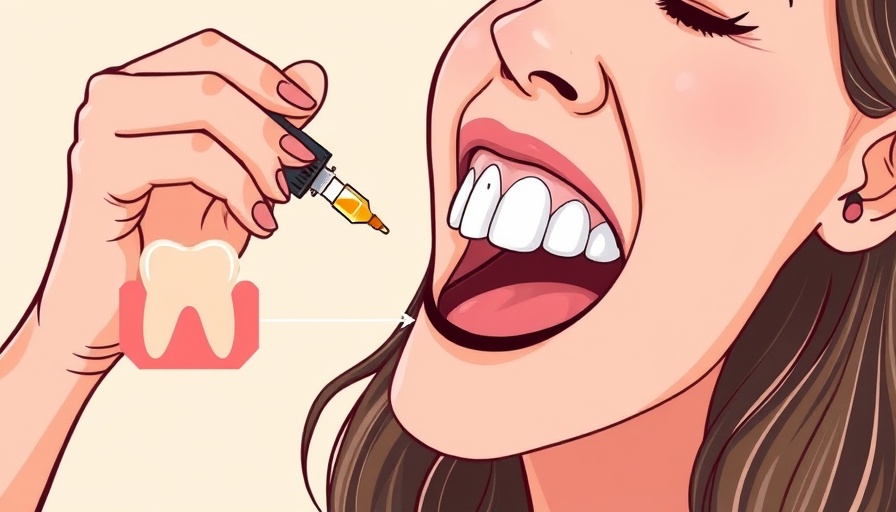
Transform Your Home with Nature's Air Purifiers
In our modern lives, we often overlook the quality of the air we breathe indoors. With synthetic materials and cleaning products filling our spaces with volatile organic compounds (VOCs), it's crucial to address the invisible pollutants that can affect our health. Enter the realm of houseplants—specifically, those powerful varieties that not only brighten our rooms but also purify the air.
Back in the 1980s, NASA took a groundbreaking step by exploring how plant life could contribute to cleaner air quality, not just in earthly homes but also in potential off-world habitats. The collaborative study with the Associated Landscape Contractors of America unearthed a variety of plants that could effectively filter out harmful toxins from the air we breathe. By inviting these natural air purifiers into our homes, we can enhance our environment significantly.
How Do Air-Purifying Plants Work?
The miracle of air-purifying plants lies in a process known as phytoremediation. Through this process, plants absorb harmful substances through their leaves and roots, transforming toxic compounds into safer alternatives. For instance, common indoor pollutants like formaldehyde and benzene are effectively neutralized, allowing you to breathe more easily.
Moreover, these plants elevate oxygen and humidity levels, offering further benefits—especially during the dry winter months. Interestingly, some varieties like the snake plant and aloe vera even release oxygen at night, bolstering the quality of your sleep and ensuring you wake up refreshed.
Meet the Top Air-Purifying Plants
Here’s a closer look at twelve renowned houseplants that are not just lovely décor but also champions of air purification, as confirmed by NASA’s research.
1. Spider Plant
This hardy houseplant thrives on neglect and is particularly known for its air-cleaning abilities. It succeeded in removing over 95% of formaldehyde in a sealed setting within 24 hours. Spider plants love indirect sunlight and can tolerate lower light conditions. Notably, they are non-toxic to pets!
2. Peace Lily
Famed for its elegant white blooms, the Peace Lily excels at eliminating VOCs like benzene and trichloroethylene found in paints and polishes, along with reducing mold spores. The care level is moderate; it thrives in indirect light and requires consistent moisture but is toxic to pets, requiring careful placement.
3. Snake Plant
The ultimate low-maintenance plant, the Snake Plant can convert carbon dioxide into oxygen even during the night, making it an exceptional addition to bedrooms. It efficiently filters benzene and formaldehyde while being forgiving of low light and irregular watering. However, it remains toxic if ingested by pets.
Bringing Nature Indoors: The Emotional Impact
Incorporating these plants not only benefits physical health but can also uplift your mood. Research shows that nurturing plants can foster a sense of responsibility and enhance emotional well-being. The presence of greenery acts as a psychological buffer against stress, bringing tranquility and a connection to nature into the often-harsh realities of everyday life.
Future Trends: Indoor Air Quality Awareness
As awareness of indoor air pollution grows, the acceptance and demand for eco-friendly living environments are on the rise. People are transitioning more towards natural solutions for better health and wellness; thus, air-purifying plants will continue to gain favor. Furthermore, some consumers now seek out plant-based, non-toxic home products, in sync with their efforts to create cleaner, healthier indoor spaces.
Conclusion: A Breath of Fresh Air
Bringing air-purifying plants into your home not only promotes a healthier environment but also aligns with sustainable living trends. These plants are more than decorative elements; they are essential allies in combatting indoor air pollution, and their nurturing encourages mindfulness and mental well-being. Whether you're a seasoned plant parent or just starting out, consider adopting these powerful plants into your home. Start today; your breathing space will thank you—and so will your body!
 Add Row
Add Row  Add
Add 




Write A Comment